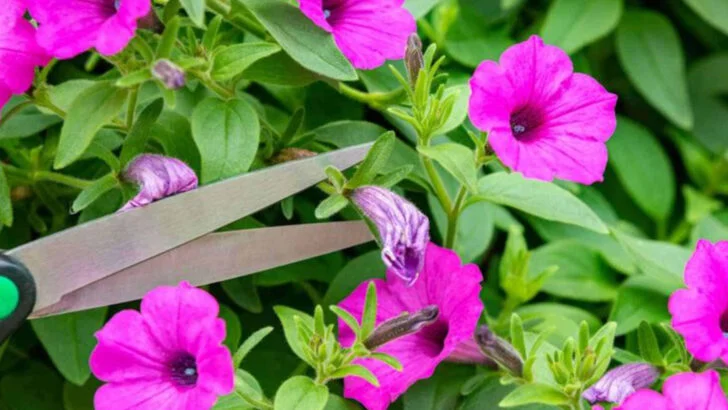Summer is supposed to be the season when your garden thrives, not the season that sends you running inside, sweaty, overwhelmed, and wondering why your basil looks personally offended by your existence. But if you’re spending hours outside and still not seeing the lush, effortless results everyone else seems to get on Instagram, it might not be your plants—it might be your habits.
Because let’s be honest: not all gardening advice works in the summer heat. Some of it sounds helpful but actually makes things worse (hello, mid-afternoon watering). Other tips promise to save time and effort but end up being more fuss than they’re worth.
In this list, we’re breaking down 9 well-meaning summer gardening habits that totally backfire—and 8 smart, easy ones that actually save time, water, and your sanity. Whether you’re a laid-back plant lover or someone who just wants tomatoes without a meltdown (yours or the plant’s), these tips will help you spend less time sweating and more time enjoying your space.
Overwatering Plants
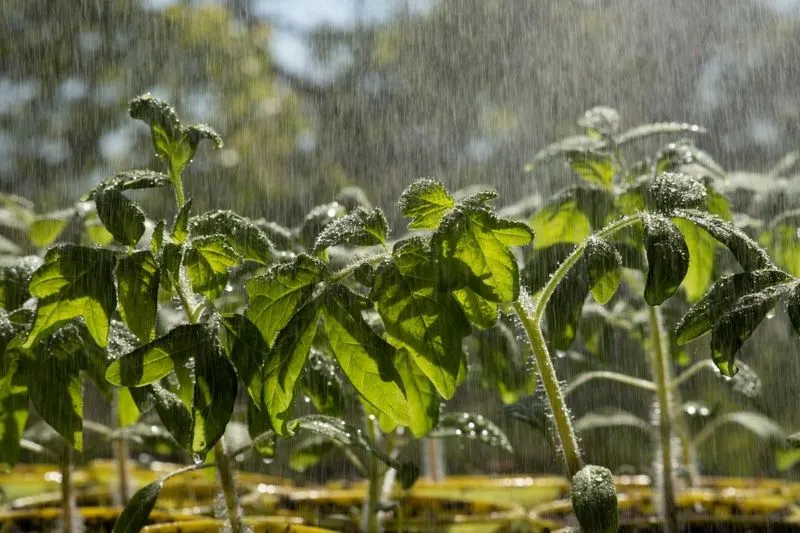
Watering might seem like a gardener’s primary duty, but too much love can drown your plants. When soil’s constantly soggy, roots don’t breathe, leading to rot. A better approach is to water deeply less often, allowing roots to grow strong and resilient.
During summer, many plants prefer a drying period between waterings. Invest in a moisture meter to accurately gauge when hydration is necessary. This tool provides peace of mind and healthier plants.
Remember, it’s the roots that drink, not the leaves. Keep your watering routine smart, and your plants will thank you.
Ignoring Pest Management
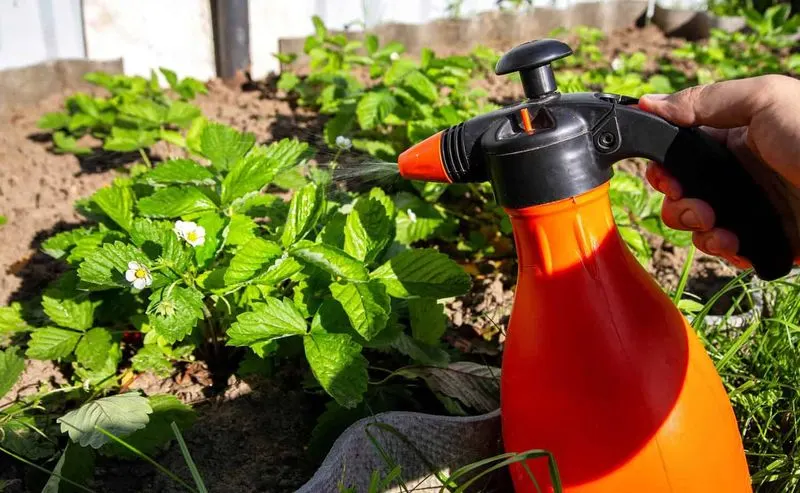
Pests can turn your lush paradise into a nightmare if ignored. Untreated, they multiply and weaken plants. Implementing natural pest controls early on can save your garden.
Companion planting, like marigolds protecting tomatoes, is a savvy strategy. These natural deterrents foster a balanced ecosystem without chemicals.
Observe your plants regularly for signs of trouble. Early detection is key. Ladybugs and predatory insects serve as excellent allies. Embrace these nature-friendly practices to keep your garden both productive and beautiful.
Over-fertilizing the Soil
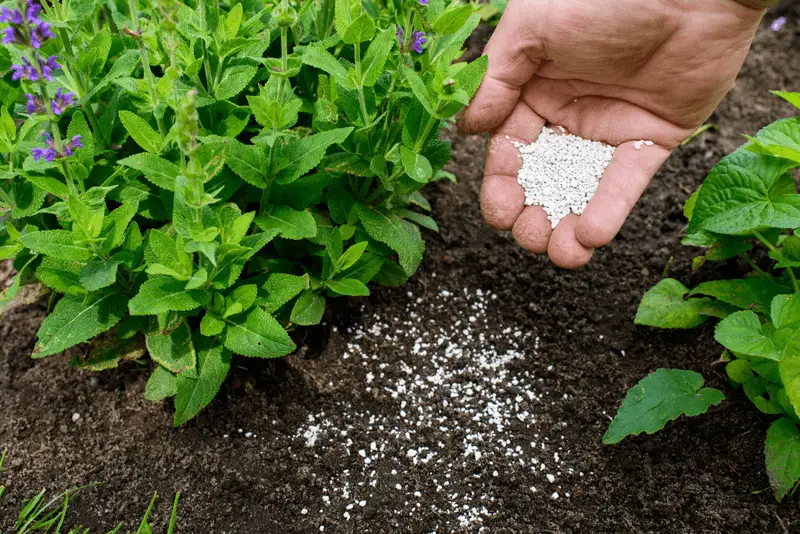
Fertilizer is a catalyst for growth, but excess leads to salt build-up, harming plants’ roots. Nutrient imbalances can manifest as leaf burn or stunted growth, leaving gardeners puzzled.
Opt for slow-release fertilizers and compost to provide a steady supply of nutrients. This minimizes the risk of overfeeding while enriching the soil gradually.
Learning the specific needs of your plants aids in making informed decisions. Each species requires a different nutrient balance. Thoughtful fertilizing ensures lush growth without the unintended consequences of overzealous feeding.
Planting at the Wrong Time
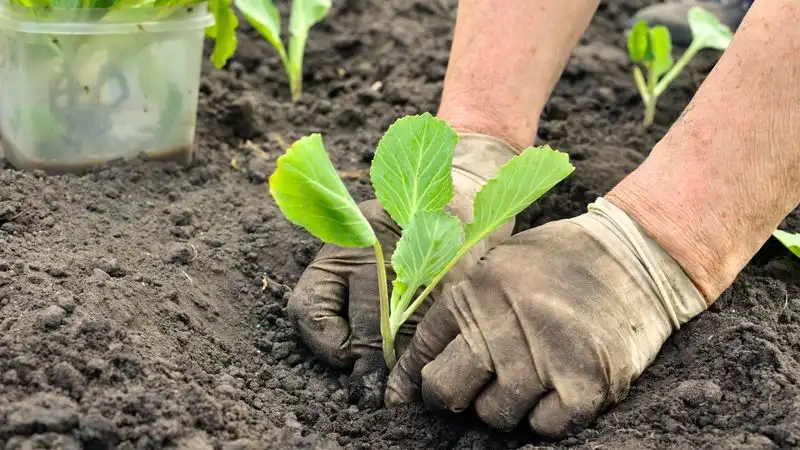
Timing is everything in gardening. Planting in the heat of summer stresses seedlings, leading to weak growth or failure. Aim for early morning or late afternoon to plant, avoiding the midday sun.
Understanding your plant’s preferred season is crucial. Some plants thrive in cooler temperatures, while others crave warmth. Researching your plant’s needs can prevent disappointment.
Adjusting to seasonal patterns ensures vibrant growth. With the right timing, your garden will flourish, bursting with color and life.
Neglecting Soil Health
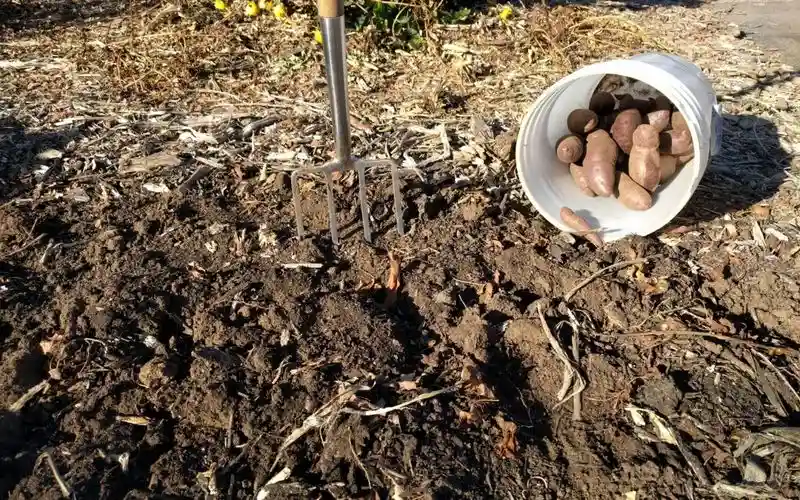
Healthy soil is the foundation of any thriving garden. Failing to maintain it leads to compaction, poor drainage, and nutrient loss. Regularly aerate and amend your soil with organic matter like compost.
Soil tests reveal deficiencies and help tailor your amendment strategy. Correcting imbalances ensures robust plant health and productivity.
Neglected soil rewards with decreased yields and increased pest problems. Keep soil health a priority, and your garden will prosper.
Overcrowding Plants
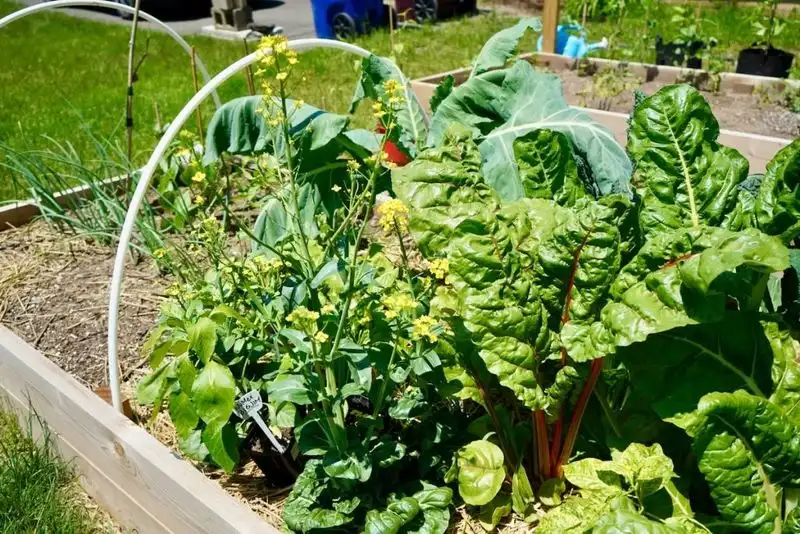
Planting too closely may seem space-efficient but often stifles growth. Growth competition leads to weak, spindly plants. Adequate spacing lets air circulate, reducing disease risk.
Follow spacing guidelines on seed packets to prevent overcrowding. Thinning crowded seedlings early encourages stronger growth.
Plants need room to breathe. Space wisely to cultivate a healthy, vibrant garden.
Neglecting Deadheading
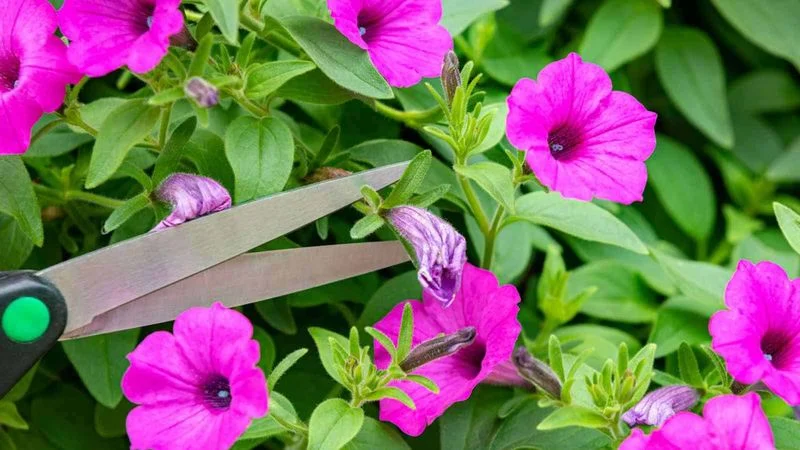
Deadheading, the removal of spent blooms, encourages more flowers. Ignoring this simple task results in fewer blossoms and a less vibrant garden.
Regularly check your plants and snip away faded flowers. This not only enhances aesthetics but redirects energy into producing new blooms.
A garden that’s regularly deadheaded appears well-tended and continues to flourish throughout the season.
Ignoring Shade Needs
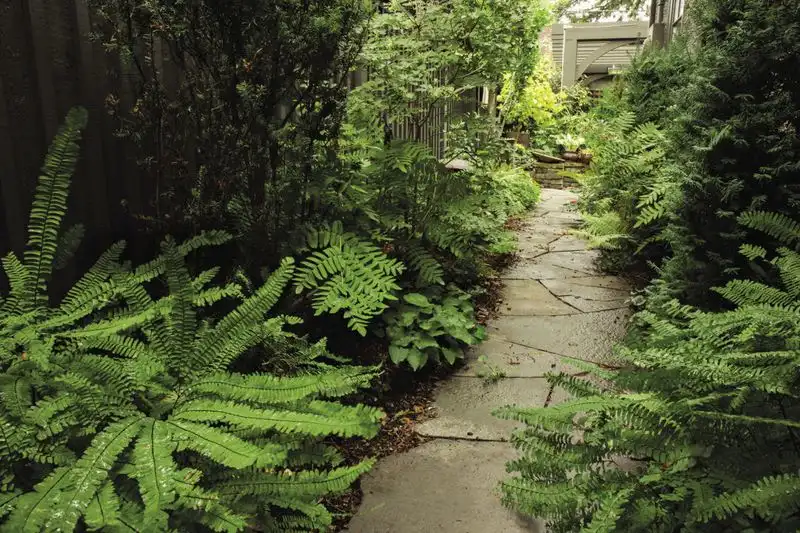
Not all plants bask in full sun. Overexposed plants suffer from sunburn, leading to wilting and scorched leaves. Understanding shade requirements is key to plant health.
Create shade using strategically placed taller plants or structures. Adjust placement as needed to protect sensitive species.
Mindful of shade needs, your garden will thrive in harmony, with each plant receiving just the right amount of sunlight.
Skipping Mulching
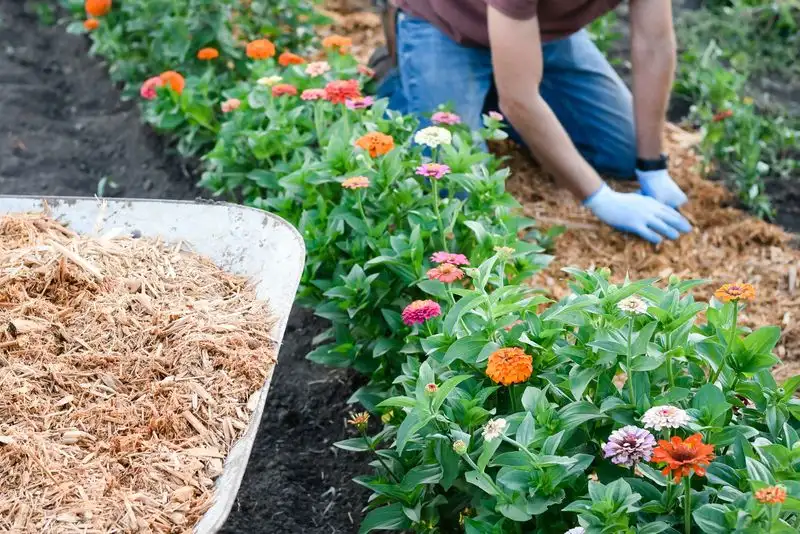
Mulch conserves moisture, regulates soil temperature, and suppresses weeds. Skipping this vital step leaves your garden vulnerable to stress and erosion.
Apply a thick layer of organic mulch around plants. This simple act aids in water retention and nurtures the soil as it breaks down.
A well-mulched garden is a resilient garden. It’s a straightforward habit with profound benefits, supporting plant health through the heat of summer.
Embracing Native Plants
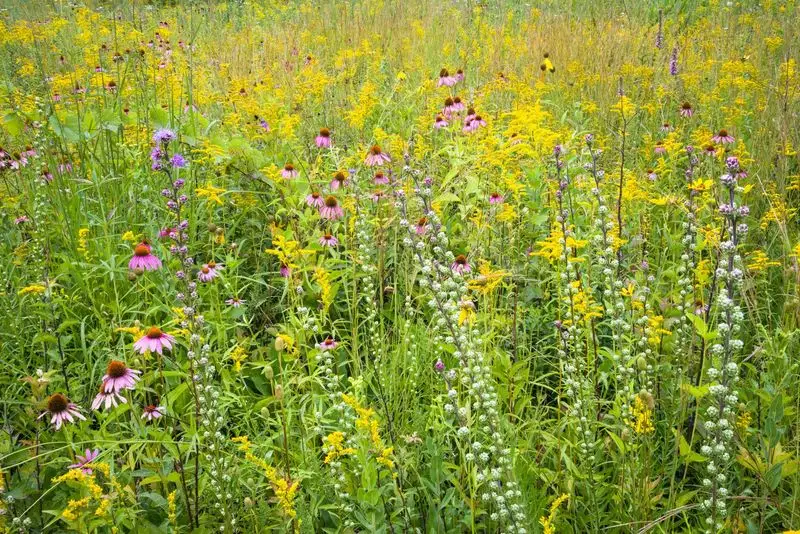
Native plants, adapted to local climates, require less water and care. Their resilience means less time spent on maintenance, offering more time to enjoy your garden.
These plants support local wildlife, creating a welcoming habitat. Birds, bees, and butterflies thrive, adding vibrancy and life.
Choosing native plants is a win-win for gardeners. Low maintenance and high rewards make them an excellent choice for a sustainable garden.
Implementing Drip Irrigation
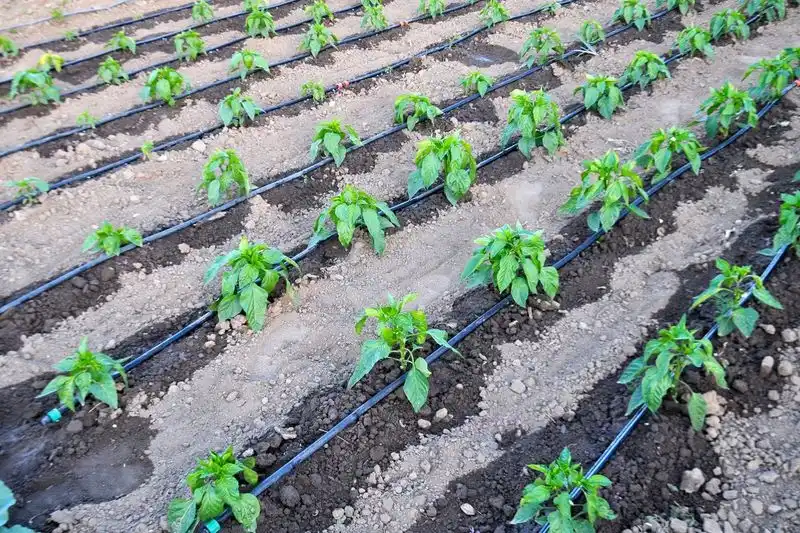
Drip irrigation delivers water directly to roots, minimizing waste and maximizing efficiency. This system saves time and conserves resources, perfect for busy gardeners.
By focusing on the root zone, plants receive the hydration they need without oversaturating the soil. This method leads to healthier, more robust growth.
Investing in drip irrigation simplifies your routine, allowing you to focus on the joy of gardening, not the chores.
Practicing Crop Rotation
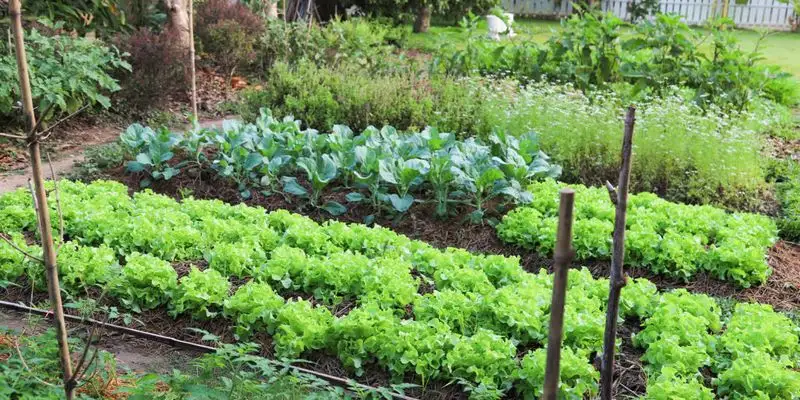
Crop rotation prevents nutrient depletion and reduces pest buildup, enhancing soil health. This practice is integral for vegetable gardens, contributing to long-term productivity.
Rotating crops disrupts pest cycles, minimizing damage and reliance on chemical controls. It also balances soil nutrients, promoting healthy plants.
Strategic rotation cultivates a sustainable gardening system. It’s a mindful approach to keeping your garden thriving year after year.
Utilizing Companion Planting
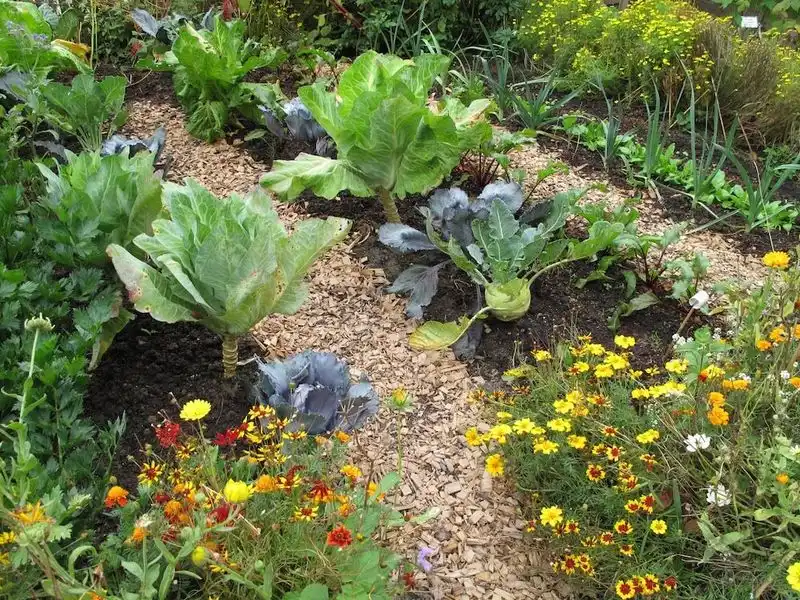
Companion planting relies on natural relationships between plants to boost growth and deter pests. This harmonious approach reduces maintenance and increases yield.
Plants like basil and tomatoes enhance each other’s growth. Their combined aromas deter pests naturally, minimizing pesticide use.
Incorporating companion planting into your garden fosters a thriving ecosystem. It’s an intelligent strategy for a productive, balanced garden.
Regular Weeding Routine
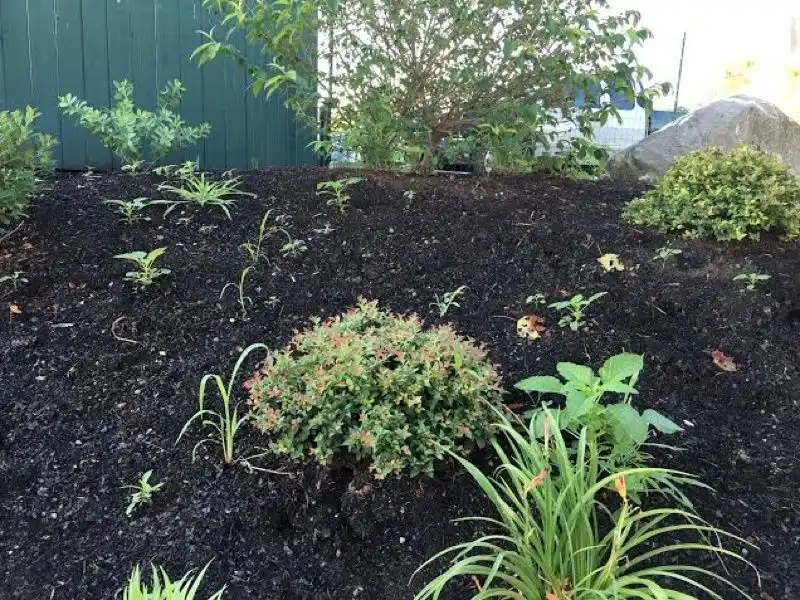
Consistent weeding prevents unwanted plants from stealing nutrients and sunlight. This habit keeps your garden looking neat and supports healthy plant growth.
Early morning is ideal for weeding when roots are still loose and easy to remove. Regular maintenance pays off with fewer weeds over time.
A weed-free garden is both beautiful and efficient, allowing your desired plants to flourish unimpeded.
Installing a Rain Barrel
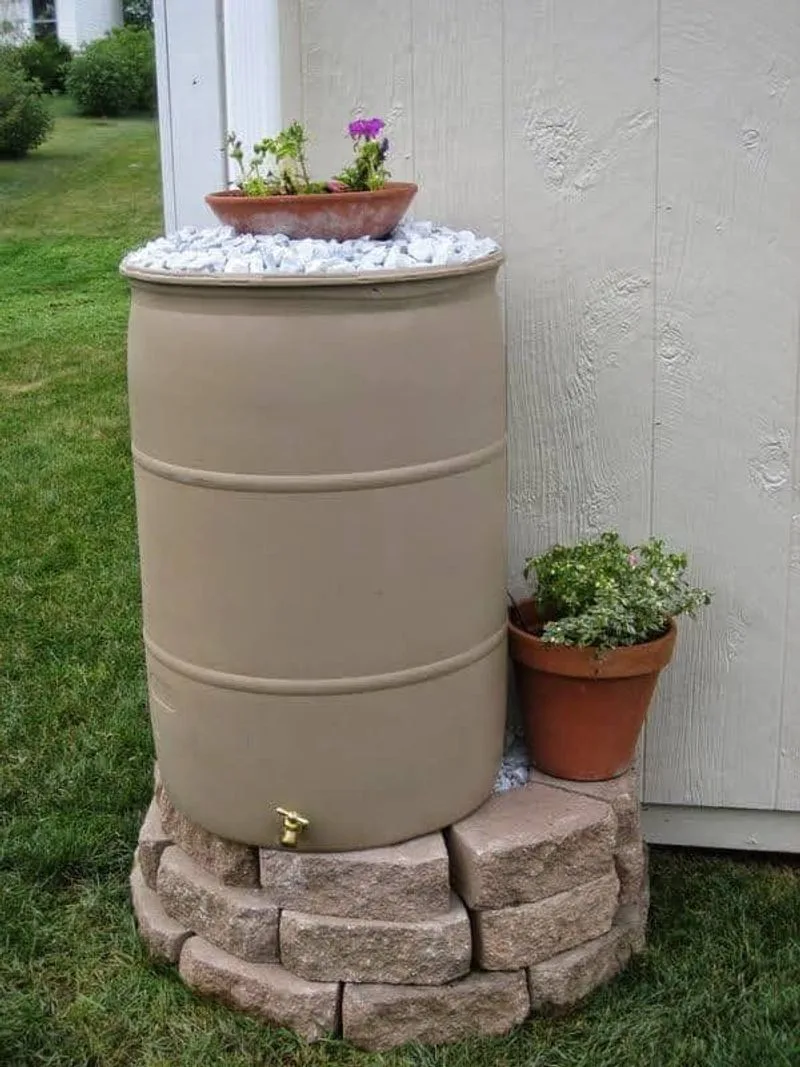
Rain barrels capture rainwater, providing a sustainable water source for your garden. This eco-friendly practice reduces reliance on municipal water, cutting costs.
Using collected rainwater is gentle on plants, free of chemicals found in tap water. It’s a resourceful way to keep your garden hydrated naturally.
A rain barrel setup is a smart investment for conservation-minded gardeners, ensuring a steady water supply for dry spells.
Incorporating Vertical Gardening
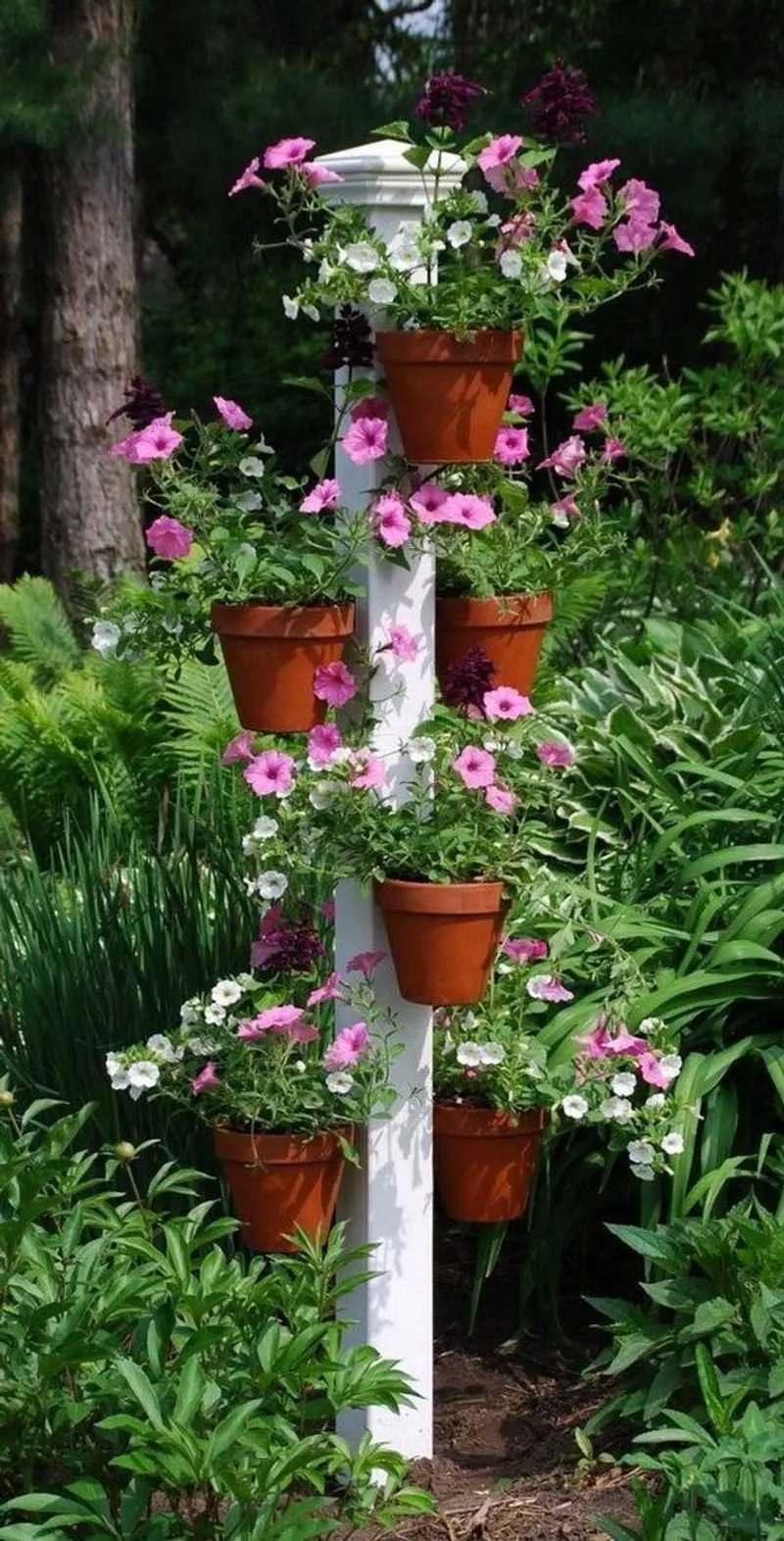
Vertical gardening maximizes limited space, transforming walls and fences into lush gardens. This technique is perfect for urban gardeners with little ground space.
Vertical structures allow for creative plant arrangements, enhancing aesthetics and accessibility. It simplifies tasks like pruning and harvesting.
Embracing vertical gardening offers a new dimension to traditional gardening. It’s an innovative way to expand your garden’s potential.
Utilizing Raised Beds
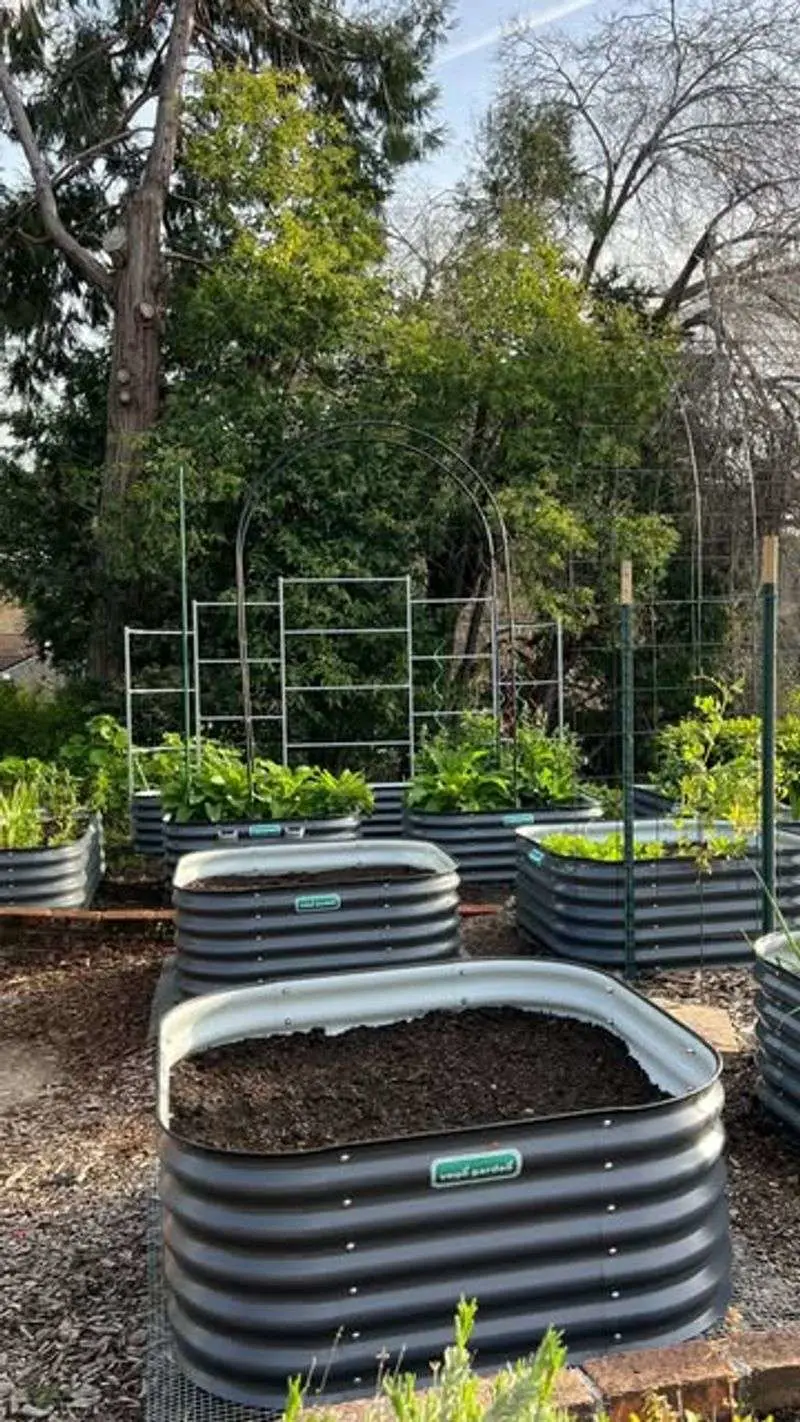
Raised beds offer better control over soil quality, drainage, and pests. They elevate plants, making gardening easier on the back and more accessible.
These structures warm up quicker in spring, extending the growing season. They’re perfect for tailoring soil conditions to specific plant needs.
Raised beds represent a strategic upgrade for any garden. They promote healthier plants and provide a tidy, organized appearance.

